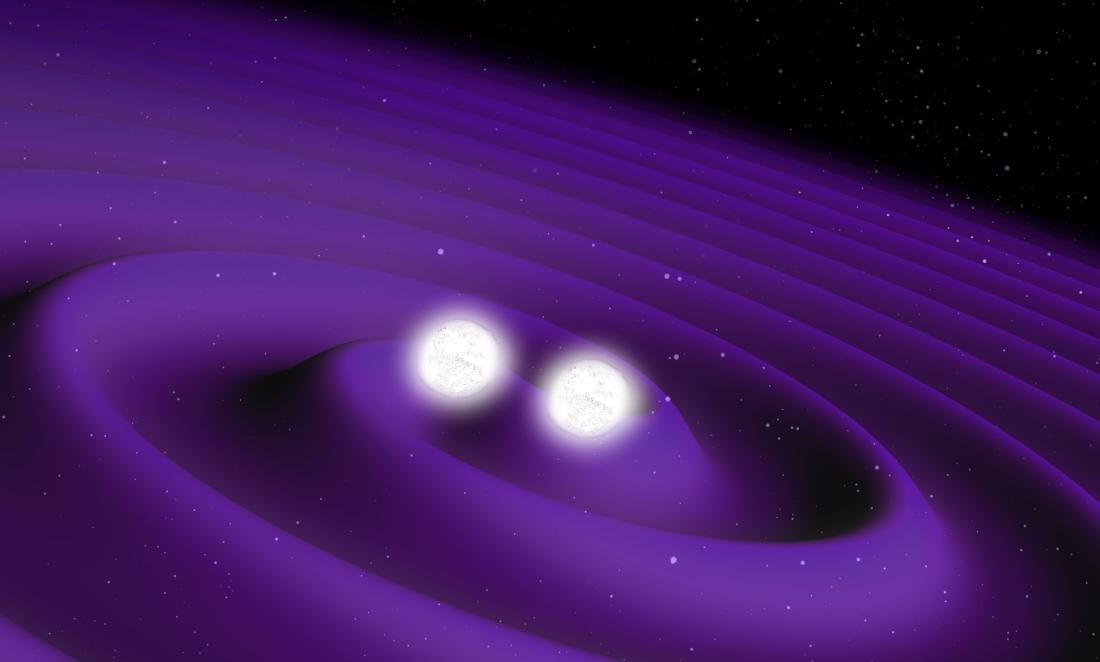INTEGRAL, the cosmic treasure hunter!
The INTEGRAL (International Gamma-Ray Astrophysics Laboratory) spacecraft plays a crucial role in the new era of astrophysics.
The top artistic view shows two tiny but very dense neutron stars at the point where they merge and explode as a “kilonova”. An event such as this is exceedingly rare, and is expected to produce gravitational waves and a short burst of gamma rays – both observed on August 17, 2017 by the Laser Interferometer Gravitational-wave Observatory (LIGO), in the United States, and the Virgo Interferometer, in Italy, as well as ESA’s INTEGRAL spacecraft and NASA’s Fermi Gamma-ray Space Telescope.
"The gold rush"

Subsequent detailed observations with telescopes from all over the world, including the NASA/ESA Hubble Space Telescope, helped astronomers nail down exactly what the objects were made out of, and which elements their collisions produced. The scientists concluded that the explosion resulting from a neutron star merger produces heavy elements like gold and platinum!
Celebrating INTEGRAL’s 15th anniversary in orbit

Discovering about 100 new gamma-ray sources a year, the satellite is still operational and continues to contribute substantially to discoveries in high-energy astrophysics and to help solve some of the biggest mysteries in astronomy.
INTEGRAL is an outstanding example of the longevity that a well-planned and executed space mission can offer. After 15 years the spacecraft and its scientific instruments are still operating perfectly, and this performance has enabled ESA to plan the extension of its operational lifetime until at least December 31, 2018.
Integral is a truly international mission with the participation of all ESA member states, plus the United States, Russia, Czech Republic and Poland. Thales Alenia Space (at the time Alenia Aerospazio, Italy) was named industrial prime contractor by ESA, in charge of satellite design, integration and testing.
Kilonova artistic view: © ESO/L. Calçada/M. Kornmesse
2nd and 3rd artistic views: © ESA